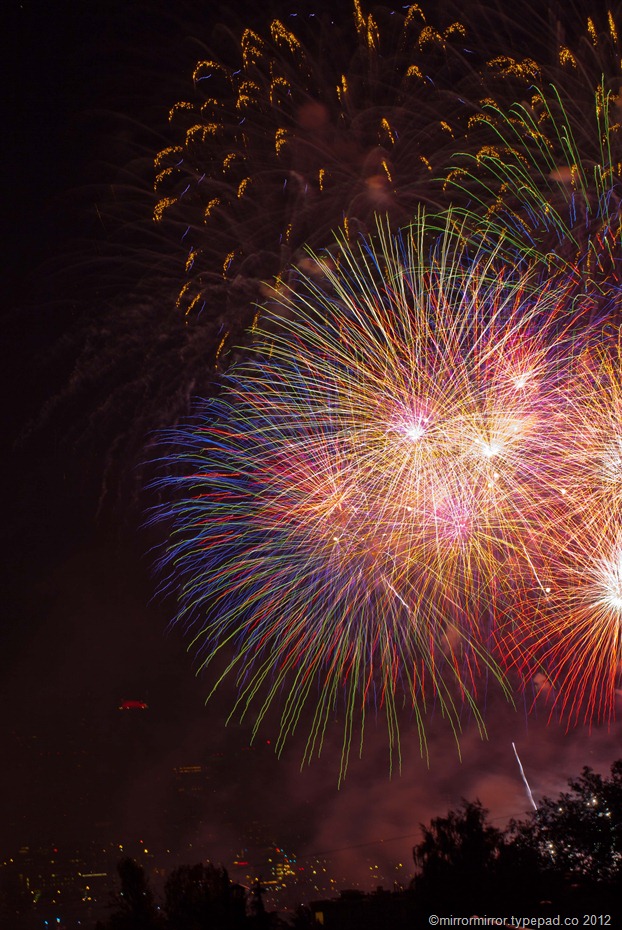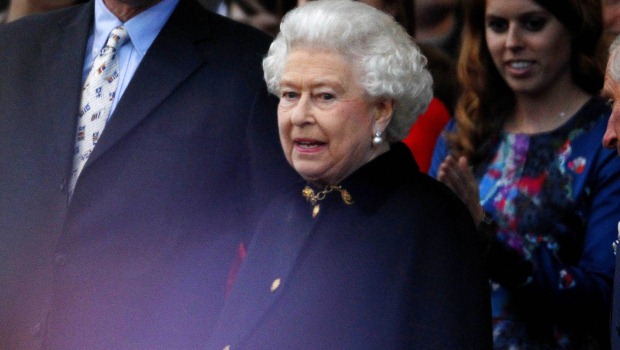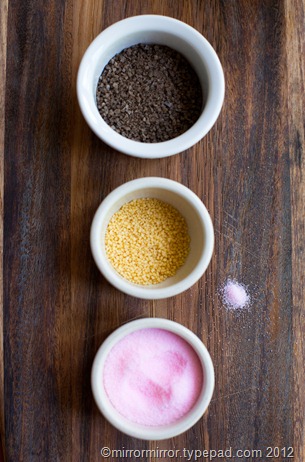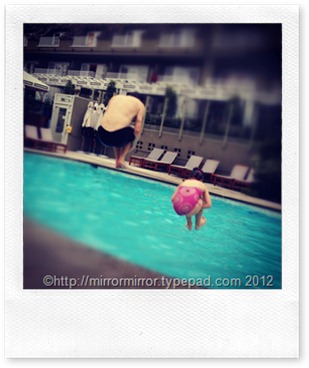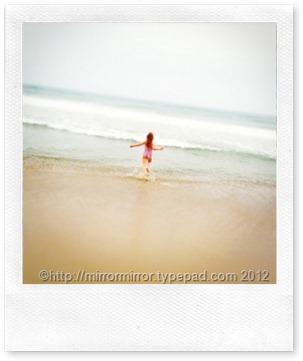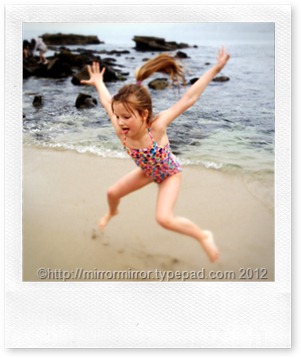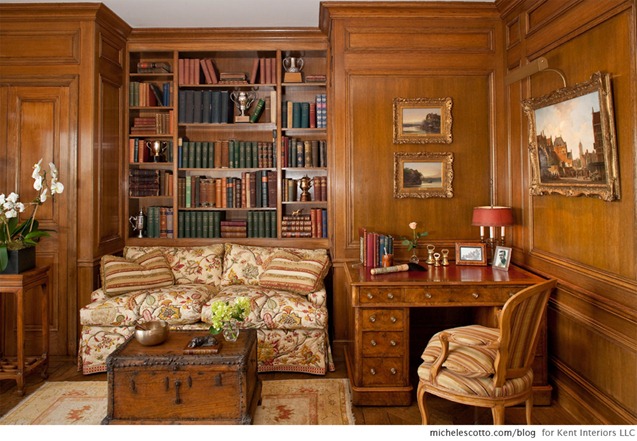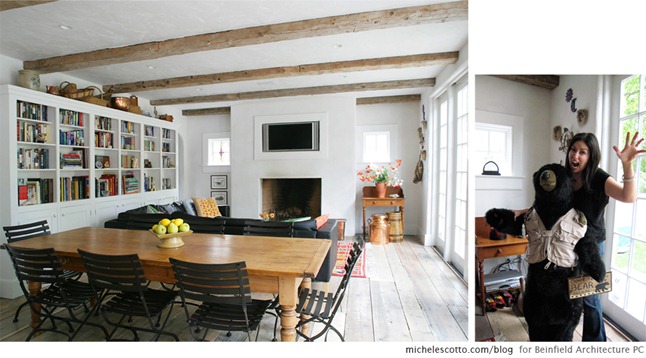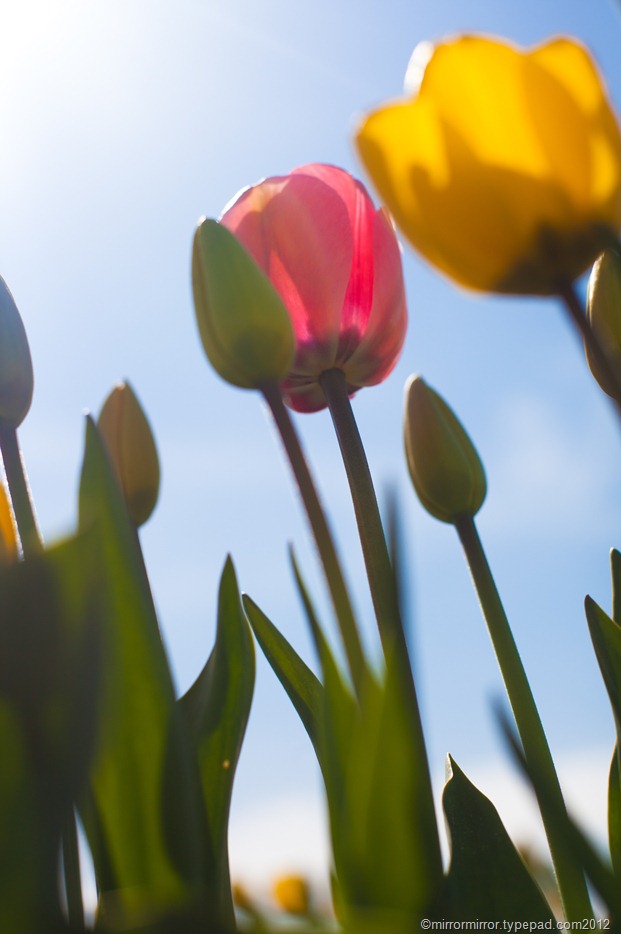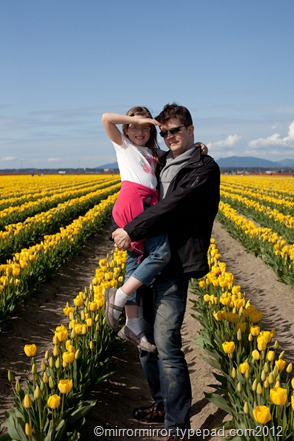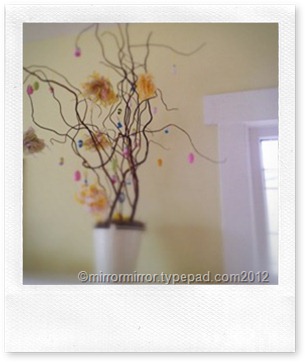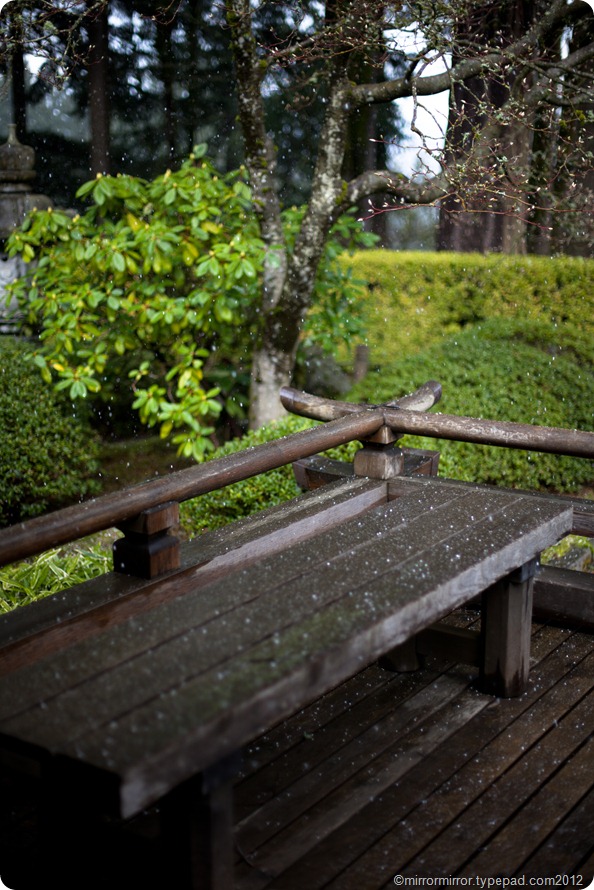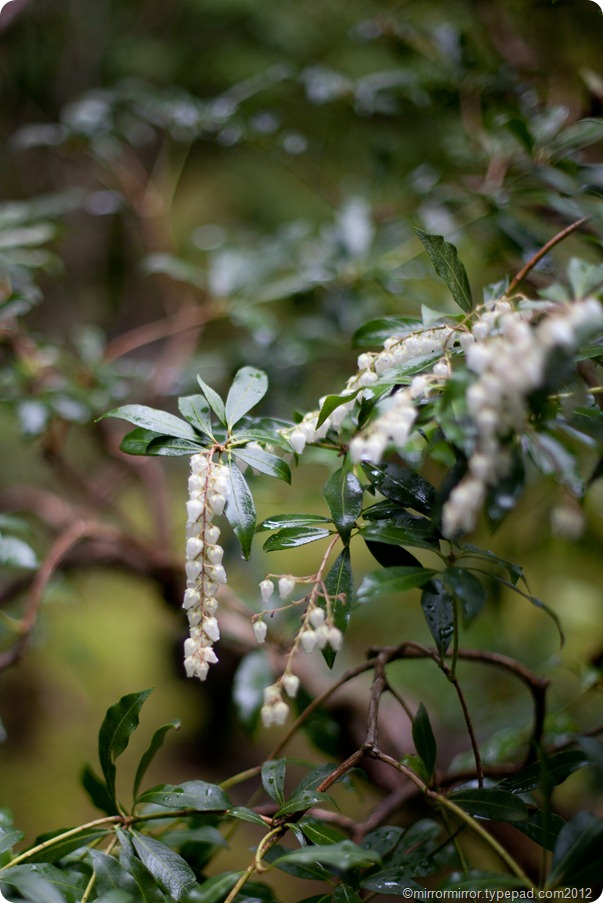I’ve had the summer cold from hell over the last week, AND I’ve been organising our big annual 4th July party, so over the last week I’ve been rushing around like a very grumpy crazy person.
Today though the house is clean and tidy, our roof deck is hosed down and looking beautiful, cherries are being picked from our tree, the second clafoutis of summer is being made, cats are gambolling on our vast acreage, a Brit is in the final at Wimbledon, THE. SUN. IS. SHINING. IN. SEATTLE, the oceans of sticky yellow snot in my head seem to be receding (possible TMI?) and all is right in my world.
So I thought I’d indulge in a little gentle bloggery.
This year I decided to make an effort photographing the 4th July fireworks at our party. In previous years I’ve generally been too outrageously drunk and inept to anything more than a pitiful job, so this year I armed myself with this blog post by the very lovely John Cornicello (whom I had the pleasure and privilege of meeting in person at a recent Creative Live workshop) and set to work.
This is what I learned.
1) Use a tripod
This year I took the trouble to set the tripod up on the deck before I got started on the margaritas. This is imperative as in previous years the tripod has defeated me in my drunken state and I’ve ended up leaning the camera on railings instead. That doesn’t work at all.
2) Use a GOOD tripod
I bought my tripod 6 years ago when I was just starting out doing product photography and I distinctly remember it being the cheapest one in the shop. Its flimsy and lightweight and not suitable at all for long exposures. If you’re serious about photographing fireworks you may need to SPEND MONEY. My next birthday present is sorted out now.
3) Find the BULB setting on your camera
This will allow you to push on the shutter release, hold open the exposure as long as you want and then release it when you think you’ve got the shot. I practised doing this the day before. Go me.
4) Use a low ISO and smallish apertures
Fireworks are BRIGHT and you don’t need to bump up the ISO number, or open the aperture miles wide to get the shot (mistakes I’ve always made in the past). I used the settings John C recommends – ISO 100 and apertures between f/13 and f/18 and they seemed to work well. I held the shutter open for anything between 1 sec and 6 seconds depending on how much was going on in the sky.
5) Use a remote control shutter release
This was the thing I didn’t do and regretted, instead relying on my margarita-fuelled finger to hold down the shutter, and thereby gently shaking the camera every time. So between that and the crappy tripod I got lots and lots and LOTS of photos full of movement blur as below.
So I still have lots to learn and practice where fireworks are concerned.
Until next year.
In the meantime here’s a very lucky shot of a bottle rocket taking off from our deck which is maybe my favourite shot of the night.
Also two really cr*ppy shots of the 100 mini celebratory cupcakes I baked, just to prove I made them really.
 |
 |


